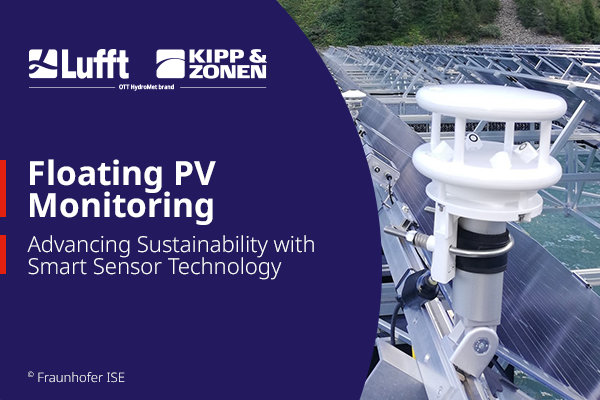G. Lufft GmbH last year converted its workshop facility for the fabrication of environmental sensors into a lean production system based on the Toyota model, thus achieving significant increases in flexibility and productivity.

Last year, we were faced with the challenge of mastering constant growth in demand without significantly increasing staff while developing production to deliver best-in-class supply performance. Regarding the task of increasing productivity, we emphasize the basic principle of not wanting to do something more efficiently, but of focusing on and eliminating waste. As a result, we automatically become more efficient. The very first step towards increasing productivity was to tidy up. Without cleanliness and order one is unable to “see”, and this is the prerequisite for tracking down and eliminating waste.
To increase productivity, we consistently placed the emphasis on the separation of assembly and logistics. A simple way both to ensure and simplify the supply of materials is the introduction of Kanban. At Lufft, we implemented the simplest form of Kanban – the two-bin system. As soon as one bin is empty, the operator uses the second bin arranged behind. Meanwhile, a member of the logistics staff refills the bin, which is marked with the article number, storage and usage location. Only by separating assembly and logistics can both systems be optimized independently.
Another key principle of our manufacturing system is flow production. In the past, orders were produced in modules and large batches at individual workstations. This meant there was always too much material in the production area, which obstructed the gangways (and ultimately led to employee dissatisfaction). To transform the individual workstations into lean U-shaped cells, in conjunction with the staff we first constructed mock-ups – models of each assembly line. Using these models, we were able to achieve optimization prior to implementation. The result is that we are now in a position to produce any desired variant and batch size in single piece flow with maximum output flexibility, thus massively increasing our delivery capability.
On our own initiative, in conjunction with our DKD calibration laboratory and order center, we have produced a three minute corporate video, which we are pleased to present to you here. Enjoy!
 |
About the author: Dr. Thorsten Laube manages the Lufft production and logistics since 2013. Besides he is lecturer of production logistics at FOM (Econimics and Management University of Applied Science in Stuttgart). At Lufft he improved the efficiency of the production and thus makes the company fit for future. |


